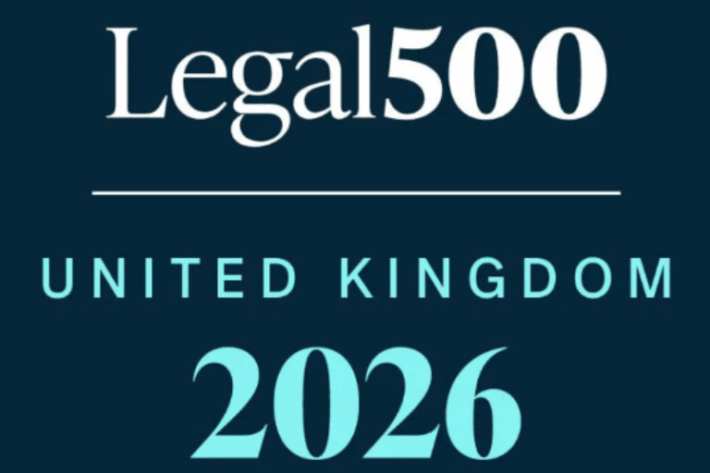Paul Cox reviews the landscape of UK trade mark law post-Brexit

Paul Cox, co-founder of Ionic Legal, spoke at Tavaramerkkipäivä (or Trade Marks Day) 2025 in Finland today, an event organised by the Association of Finnish Lawyers.
Paul was giving the Finnish trade mark community the “heads up” on some of the issues arising in the UK since Brexit. In brief, the main points of his talk are summarised below.
Post-Brexit consistency
The UK has retained pre-Brexit EU trade mark law. Judges in England and Wales are keen to maintain harmony with the decisions of the Court of Justice of the European Union (CJEU) and will only depart from EU case law if they believe the CJEU has interpreted the law incorrectly.
Only one case has fallen into this category so far – Industrial Cleaning Equipment v Intelligent Cleaning Equipment & Another [2023] EWCA Civ 1451, which related to the interpretation of the statutory acquiescence defence. The Court of Appeal rejected the CJEU decision in Budvar and held that the clock starts ‘ticking’ once the claimant knows about the use of a later registered trade mark. The claimant does not need to know the later trade mark is registered. The clock does not stop ‘ticking’ until administrative or court proceedings are commenced and letters before action do not stop the clock.
For EU case law following Brexit, the English Courts will consider CJEU and other EU decisions to be persuasive but not binding. To give an example, the English Courts have followed post-Brexit EU case law on bad faith and evergreening.
There are nearly as many UK trade mark applications and registrations each year as EU ones, so the UK remains a key market in which to seek trade mark protection. Also, there are many opposition cases in the UK, but most are resolved early.
Differences between the EU and UK
There are some significant differences between EU and UK trade mark application and opposition procedures, but these existed before Brexit. For instance, in opposition proceedings, the period in the UK is shorter (two months, albeit extendable by one month), defences need to be filed, and it is possible to rely on absolute and relative grounds in such proceedings. Two recent UK opposition cases were based on bad faith (i.e. no intention to use) and they succeeded due to the breadth and scope of the specifications and no justification being given for such filings.
The interpretation of trade mark law may be slightly different in the UK – for example, when it comes to invalidity proceedings or oppositions based on bad faith and not having an intention to use the trade mark when filing the application (which is required under UK procedure) or when determining if a trade mark has been used when in a variant form.
Bad faith cases based on having no intention to use are only likely to be successful in the UK in extreme cases but will continue to be raised as counterclaims in infringement proceedings and in invalidity proceedings before the UK IPO. Owners should take steps to reduce the risk of such satellite proceedings. Filing for computer software per se is unlikely to be considered acceptable in the UK with at least three cases cutting down such broad specifications.
Some cases on use of a trade mark in a variant form have strictly applied the law and so it is worth considering refiling trade marks when used in a different form. Such refilings may assist in overcoming bad faith arguments based on evergreening, as the reason for the refiling is to protect the variant form.
Final comment
Paul says: “Tavaramerkkipäivä is the annual event for trade mark professionals in Finland and it was a privilege to be invited. Thank you to my Finnish colleagues for the invitation to speak at your conference today.”




